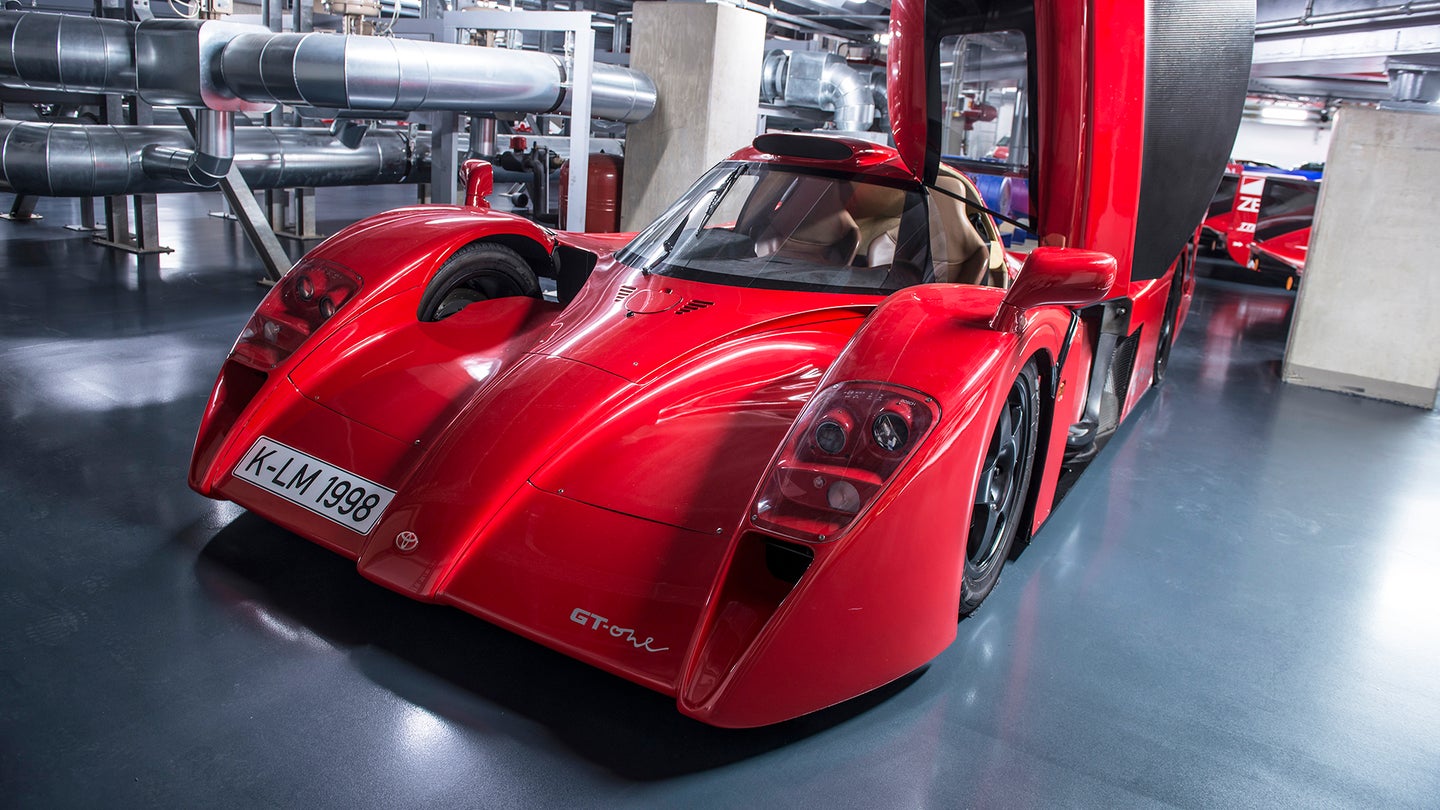Roadlegal: Toyota GT-One TS020
Some people are familiar with the Toyota GT-One TS020 as a racing version, but the fact that it also existed as a road-going variant is one of the lesser-known facts. Two examples were built for homologation purposes in order to compete in the GT1 and LM-GTP categories at Le Mans in 1998 and 1999. There it was very exciting at times against competitors from Germany, Great Britain, France, Japan and the USA. However, it only ended with a second place at the second attempt. When Toyota announced in the mid-1990s that it wanted to return to Le Mans with a works team, expectations were not set too high. After all, the period after the Group C era still belonged to the phase of the endurance classic that was well-staffed with works teams. In addition to Toyota, works teams from Mercedes-Benz, BMW, Porsche, Nissan and Panoz also took part in the 1998 race. There were also private but works-supported teams with cars such as the McLaren F1 GTR and Dodge Viper GTS-R.
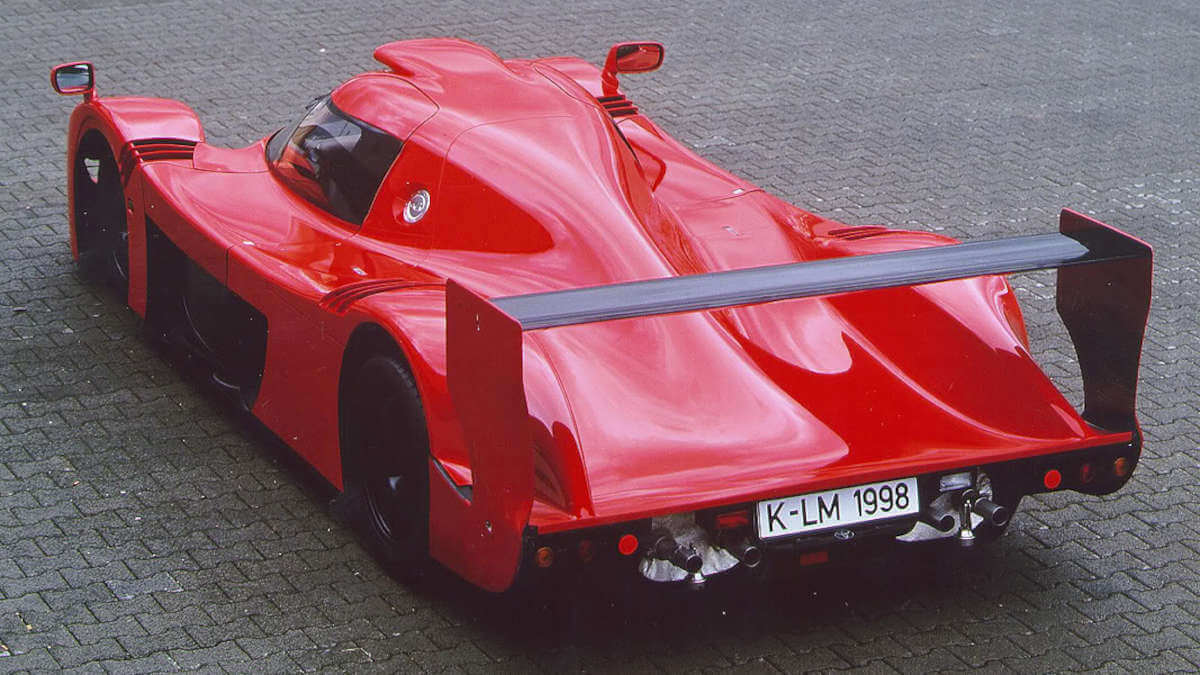



When rules are radically exploited.
However, in order for the field to reach this size, the participating GT1 racing cars first had to be homologated, i.e. approved by the racing authorities. Clear regulations were drawn up for this purpose. In addition to the sizes of the wings and wheels or the amount of petrol in the tank, these regulations also stipulated a certain degree of similarity to production cars. For this reason, 25 road-legal variants of the racing cars were still mandatory for the previous season. For 1998, the ACO reduced this to just one such vehicle. A fact that was radically exploited by some manufacturers. They developed consistent racing cars and designed the necessary road version so radically that it just barely received a licence and then rolled into their own museum. It was no longer necessary to provide evidence of sales to private individuals. In addition to Porsche and Nissan, these manufacturers also included Toyota, whose GT-One – TS020 series – was probably one of the most aggressive GT1 cars.
V8-Biturbo with 630 hp


The aerodynamics in particular, which have been honed in the wind tunnel, are particularly eye-catching. The air is channelled around and over the free-standing wheel arches. At the rear, it meets a huge wing. At the front, the wheel arches are open on the inside, which prevents air congestion and allows the driver to keep an eye on the condition of the front wheels. For the road-going version, space was created in the narrow interior for two sports bucket seats. Like the dashboard, headlining and door panels, these are upholstered in brown Alcantara. The seat and shoulder surfaces as well as the steering wheel are upholstered in brown leather. The GT-One is steered from the right-hand side of the vehicle. The carpet is also finished in red to match the exterior paintwork. Behind the passengers is a 3.6-litre V8 biturbo engine, which produced around 463 kW/630 hp in racing mode. The road versions were slightly downrated, but there are no precise technical data. Toyota stated a kerb weight of 920 kilograms for 1998.
From the GT1 to the LM GTP class
At Le Mans, the Toyota works team with the GT-One did not have the best of luck. In 1998, Geoff Lee, Ralf Kelleners and Thierry Boutsen were in a promising position in the race with starting number 29. They might even have won, but after 330 laps a gearbox failure brought them to a premature end. The sister car, number 28, had already retired at the halfway point of the race and the third car, number 27, finally crossed the finish line in 9th place, 25 laps down. A year later, the entry list no longer looked quite so impressive. The GT-One was now part of the new LM GTP regulations. In addition to the Toyota team, only Audi competed with an R8C and Mercedes-Benz with the newly developed CLR. However, after two media-effective somersaults, the Swabians withdrew their three cars. Toyota had to assert itself above all against the increasingly strong open prototypes in the LMP category.
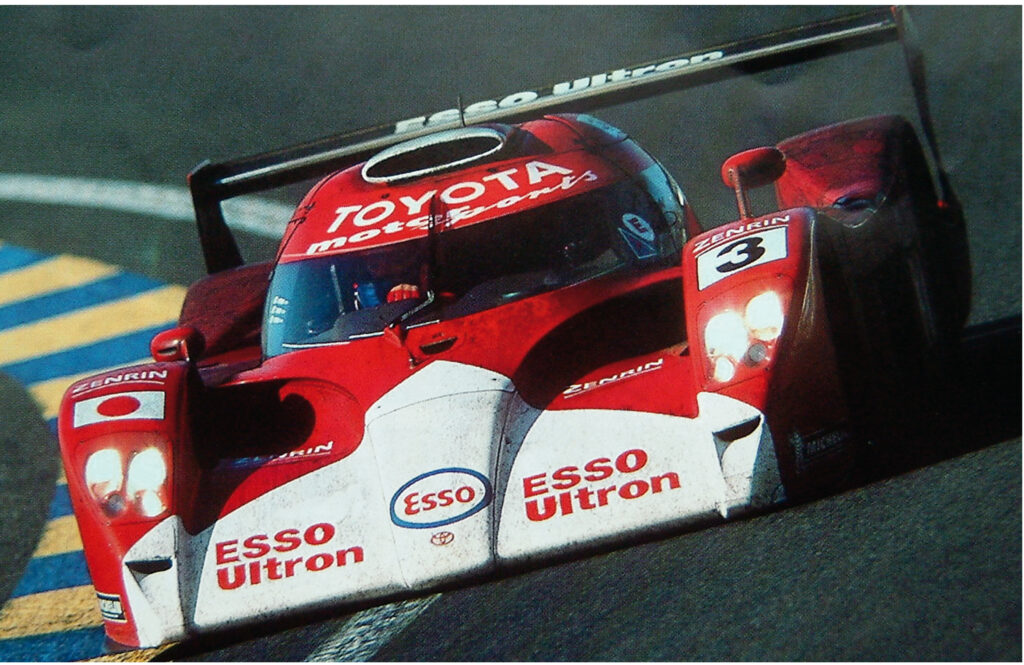

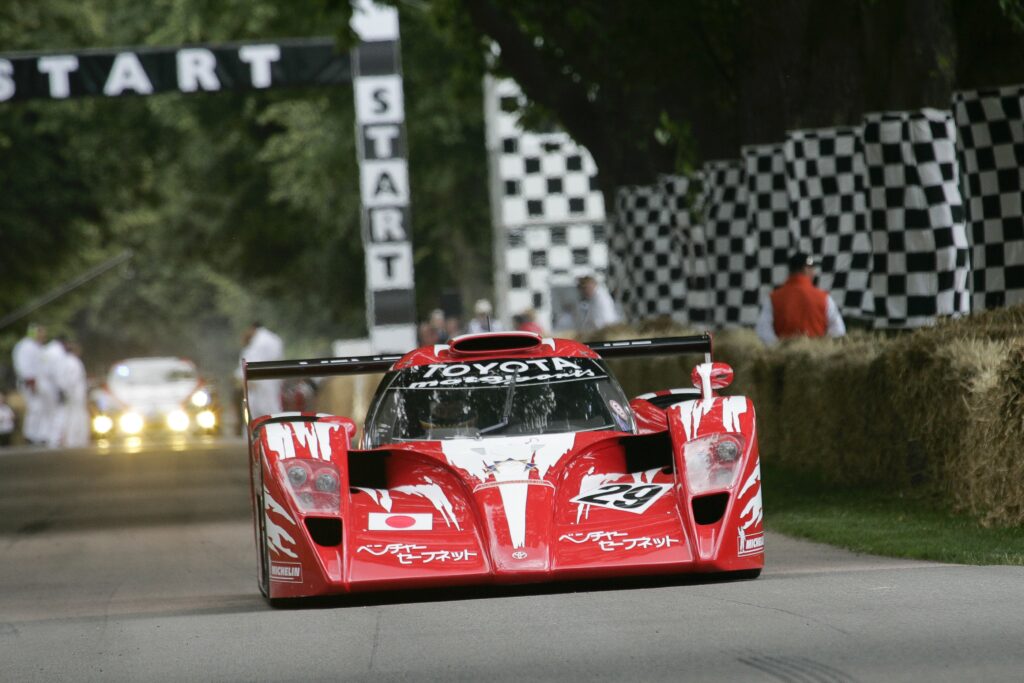



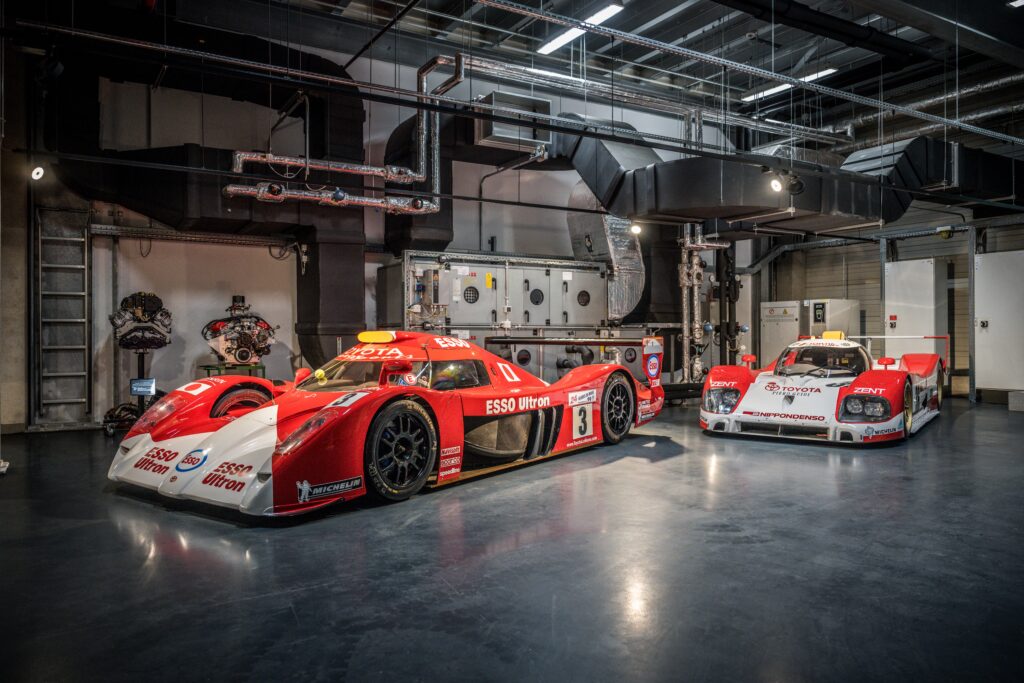

In 2nd place after tyre failure
In the final phase of the race, the GT-One of Ukyo Katayama, Keiichi Tsuchiya and Toshio Suzuki was in a promising second place before the last pit stops. A puncture on the left rear tyre thwarted any hopes of first place. With a lot of luck, the car was brought back to the pits and then crossed the finish line in second place. After another race at the 1000 miles of Fuji, all the GT-One cars rolled into the museum. Why Toyota built two instead of one road car will probably remain a mystery. Possibly to be able to show one vehicle at the headquarters in Japan and one at the motorsport centre in Cologne. After the Le Mans races, the company turned its attention to its entry into Formula 1. For this purpose, the GT One test chassis was brought out to test engine and chassis parts of the future Formula 1 car. Only one of the seven cars built is in private ownership.
Photos: Toyota

